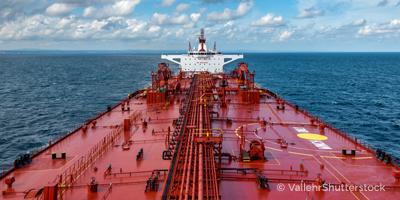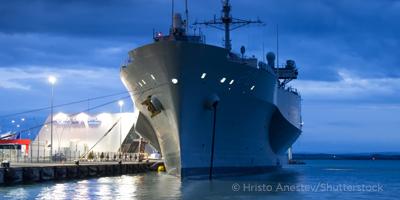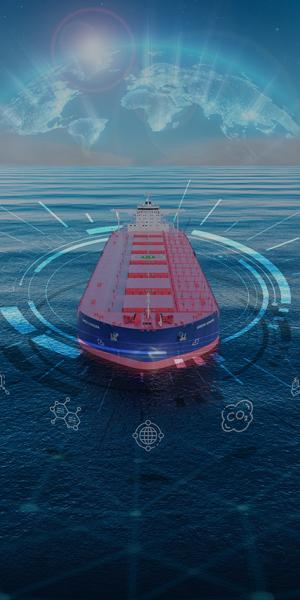Quick Links
- Rules and Resources
-
Services
Quick Links
Sustainability and Decarbonization- Energy Efficiency Existing Ship Index (EEXI)
- Sustainability Reporting and Assurance
- Simulation-based Energy Efficiency Evaluation Service (SIM EEE)
- Greenhouse Gas (GHG) Rating Improvement
- Greenhouse Gas Inventory and Carbon Accounting
- Carbon Capture, Utilization, and Storage (CCUS)
- Alternative Fuel Options
- Alternative Power Sources
- Marine Sustainability
- Offshore Sustainability
- Green Shipping Corridors
- Methanol Value Chain
- Gas
- Carbon Intensity Indicator (CII)
- Ammonia Value Chain
- Carbon Diligence Platform
- Marine Sustainability
-
Innovation and Technology
Quick Links
-
News and Events
Quick Links
-
About
Quick Links

- Rules and Resources
- Services
- Innovation and Technology
- News and Events
- About Us and Careers
- Rules and Resources
- Rules and Guides
- Regulatory Updates
- Advisories and Debriefs
- Flag and Port State
- Engineering Software
- Engineering Reviews
- ABS MyFreedom™ Portal
- Databases
- Forms
- Services
- Classification
- Approval and Certification
- Company and Ship Audits
- Global Marine
- Global Offshore
- Global Offshore Wind
- Global Government
- Sustainability and Decarbonization
- Digital Solutions
- Cybersecurity
- Maritime Training
- Innovation and Technology
- Technology Advancement
- Academic Engagement
- Industry Partnerships
- Data and Digitalization
- Knowledge Center
- About Us and Careers
- Who We Are
- Safety
- Careers
- Contact Us
EGCS Washwater Regs in USA
Washwater discharge requirements for Exhaust Gas Cleaning System (EGCS) units
operating on ships within waters subject to the US EPA Vessel General Permit (VGP)
23 October 2015
The 2013 VGP took effect on 19 December 2013, and regulates discharges incidental to the normal operation of vessels covered under the scope of the VGP (non-recreational vessels greater than 79 feet in length, which are not vessels of the armed forces, operating in a capacity as a means of transportation). Exhaust Gas Scrubber Washwater Discharge is addressed under section 2.2.26 of the Final 2013 VGP (http://water.epa.gov/polwaste/npdes/vessels/upload/vgp_permit2013.pdf). In accordance with Regulation 4 of MARPOL Annex VI, EGCS units may be used as an alternative means of compliance with the more stringent fuel oil sulphur limits established under Regulation 14 of MARPOL Annex VI, subject to approval by the Administration.
Owners/operators are reminded that regulations pertaining to the VGP are applicable to discharges into US waters extending to the outer reach of the 3 mile territorial sea as defined in section 502(8) of the US Clean Water Act. Under VGP regulations, the pH limit for the washwater effluent shall not be less than 6.0, measured at the overboard discharge only. This is not consistent with the methods for determining the pH limit under the IMO EGCS Guidelines (resolution MEPC.259(68)), where the pH limit for the washwater effluent is to be no less than 6.5 measured at the overboard discharge, or at a position 4m from the overboard discharge point while the ship is stationary. Furthermore, under the IMO EGCS guidelines, this limit can be determined either by means of direct measurement, or by using a calculation-based methodology (computational fluid dynamics or other equally scientifically established empirical formulae) to be left to the approval by the Administration.
Some systems may be approved by an Administration as compliant with the washwater discharge criteria specified under the IMO EGCS Guidelines. However, the same unit may not be able to demonstrate compliance with the pH discharge limits under the VGP regulations.
Lastly, owners/operators should also be cognizant of, and consider, any additional local restrictions that may be imposed on the operation of EGCS systems and/or discharge of EGCS washwater effluent. For example, discharge of EGCS washwater into the State waters of Connecticut is prohibited under the VGP individual State specific requirements.
SUMMARY OF pH REQUIREMENTS FOR EGCS WASHWATER DISCHARGE:
VGP: Para 2.2.26.1.1 pH
The discharge of washwater from the exhaust gas scrubber treatment system must have a pH of no less than 6.0 measured at the ship's overboard discharge, with the exception that during maneuvering and transit, the maximum difference between inlet and outlet of 2.0 pH units is allowed. This difference is to be measured at the ship's inlet and overboard discharge.
Resolution MEPC.259(68): Para 10.1.2 pH criteria
10.1.2.1 The washwater pH should comply with one of the following requirements which should be recorded in the ETM-A or ETM-B as applicable:
.1 The discharge washwater should have a pH of no less than 6.5 measured at the ship's overboard discharge with the exception that during manoeuvring and transit, the maximum difference between inlet and outlet of 2 pH units is allowed measured at the ship's inlet and overboard discharge.
.2 The pH discharge limit, at the overboard monitoring position, is the value that will achieve as a minimum pH 6.5 at 4 m from the overboard discharge point with the ship stationary, and which is to be recorded as the overboard pH discharge limit in the ETM-A or ETM-B. The overboard pH discharge limit can be determined either by means of direct measurement, or by using a calculation-based methodology (computational fluid dynamics or other equally scientifically established empirical formulae) to be left to the approval by the Administration.
Contact Us
© 2023 American Bureau of Shipping. All rights reserved.




































